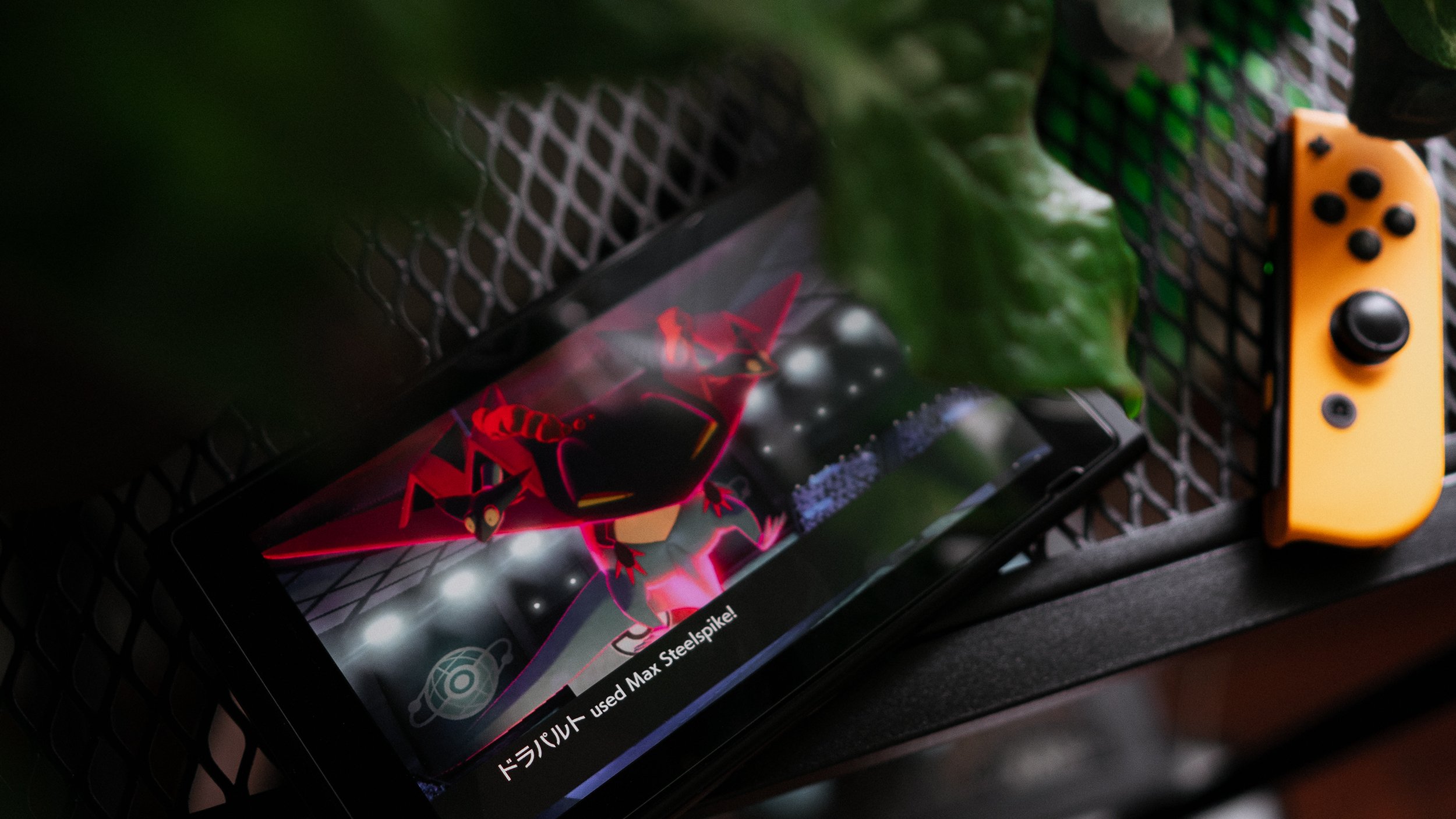
Best of 1 vs. Best of 3
9min 51sec read
Learn about how different tournament styles influence team selection.
Written by Wolfe Glick
Teambuilding / Getting Ready For Battles
One major distinction when playing Pokémon against another person is how many games you need to win in order to win the set. Most major Pokémon tournaments are best of 3 (the first player to win 2 games wins), though there are occasions where best of 1 (winning one game wins you the set) is used.
When teambuilding, it’s important to keep in mind whether you’ll primarily use the team in best of 1 or in best of 3. In best of 3, you’ll have more time to test and adjust your gameplans, assess the threats on your opponent’s side of the field, and scout for key information such as moves, items, speed tiers, and abilities. In best of 1, a single wrong move can spell defeat, meaning players are incentivized to catch opponents off guard through play or strategy. Although many decisions for best of 3 games are made during battling, many players approach best of 1 and best of 3 battles differently at the teambuilding stage.
Best of 1
In best of 1, you only get one shot at beating your opponent, so there's little room for error. Furthermore, in most best of 1 situations, you won't know the details of your opponent's team outside of the information that you get during the battle– and you won't find out what surprises your opponent has in store before they happen. Best of 1 battles are challenging because you have to react and hedge your bets appropriately to deal with multiple potential options from your opponents.
Surprise factor is a big deal in best of 1 due to how there often is far less wiggle room to react to something unexpected. Surprise factor can include an unorthodox move, item, Pokémon, or even EV spread. This is sometimes also called a gimmick. Many players are excited by the chance to surprise their opponents with an uncommon strategy or tactic; but your opponents may be doing the same as well! This means that players will build teams explicitly for the purpose of using them in best of 1 tournaments.
I personally don't often build teams with a surprise factor explicitly for the sake of surprising my opponent. Our recommendation is that you make the choices that are best motivated for your team regardless of whether or not they end up surprising your opponent.
That being said, if you're interested in adding surprise factor to your team (which is certainly not mandatory), here's our recommended steps:
First, you have to know what opponents will expect of your Pokémon. You won't be able to subvert their expectations otherwise.
Make sure that your surprise is effective. Is it going to actually accomplish something in battle?
Test your surprise factor out; how often do opponents fall for it? If you catch your opponent off guard, and pull off your strategy, is it as effective as you expected?
Is it still effective even if opponents know it's coming? (It may no longer be a gimmick in this case.)
EXAMPLE
One example of surprise factor is the Trick + Eject Button strategy showcased in this video. The strategy works by using the move Trick (or Switcheroo) to give your opponents Dynamax Pokemon an Eject Button, while following up with an immediate fast attack to force them off the field. While gimmicky, this strategy is still effective once your opponent is aware of it as it may cause them to be more hesitant to dynamax or force them to use more resources to safely dynamax.
On the other hand, how do you deal with your opponent's surprise factor? Doing so requires knowledge, experience, and intuition.
You can play safely and scout for moves with Protect.
You can also make less committal moves, or moves with less severe downsides if your opponent has something unexpected
Are you able to cover multiple possibilities with one good move?
Can you make any assumptions based on how your opponent is behaving? Are they positioning their Pokémon in a way that allows you to draw conclusions?
I often ask myself “What are the moves/items/abilities they could have that would cause me to lose this otherwise winning position?”*
EXAMPLE
In this match between Wolfe Glick and Aaron Zheng, on the second turn of game 2 Aaron goes for Max Flare with Noivern as opposed to a stronger max move such as max Dragon. Because Max Flare was strictly worse than the other options, I (Wolfe) was able to infer that another Pokemon on his team had Weather Ball, as there was no other reason in my mind that Aaron would choose to go for Max Flare in that position.
Best of 3
In best of 3, consistency is key. While there is still room for creativity and unorthodox tactics, teams need to be able to hold up on their own even once the opponent knows about their strategies. Teams with a more defensive backbone also have more breathing room in a best of 3 battle. Additionally, best of 3 play can include more complex strategies such as multiple modes of a team that require your opponent to guess which threats you will bring.
EXAMPLE
At Worlds 2017, I had a very tricky team to deal with because it had two distinct modes. The first mode was the more dangerous one, and utilized the Mimikyu and Snorlax combination that had been present throughout the format. The second mode used Kartana, Arcanine, Tapu Fini, and Togedemaru as a generally solid well balanced team composition with multiple threats and supports. Opponents would focus on Mimikyu and Snorlax during team preview of game 1, allowing my second mode to win. When opponents adjusted for mode 2 during game 2, I would switch to Mimikyu and Snorlax and win. I did this in nearly every set of the tournament, but one example is this set against Toby.
In a best of 1 format, you’re incentivized to use all your tricks and catch opponents off guard early in a game to try and snowball an advantage. In a best of 3, conserving key information until a crucial moment can be the difference between winning and losing. This means that teams explicitly designed for best of 1 play might not work as well in best of 3. Conversely, teams designed for a best of 3 tournament are used in best of 1 situations all the time (such as testing a team on the ladder). So, I would really only say that there are teams designed for best of 1 (reliant on surprise factor) and teams that are not designed for best of 1.
To learn more about battling in best of 3, click here.
Wrapping Up
As with everything in this guide, the guidelines above aren’t hard and fast rules. There are times where a team with lots of surprise factor performs well in a best of 3 tournament and times when teams with absolutely no tricks win a large best of 1 event. Whether a tournament is best of 1 or best of 3 is something you should consider when building, but at the end of the day the most important thing is to use a team that you have fun playing with and feel is strong-- check out our guide to team selection for tournaments for more.

